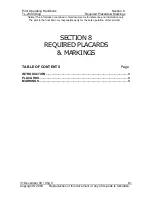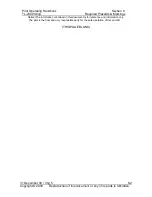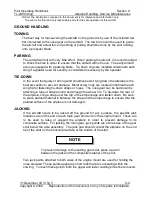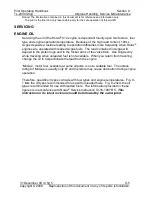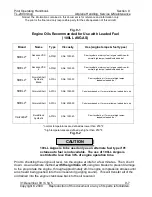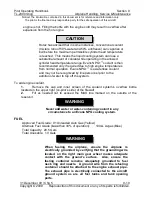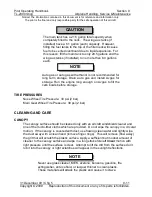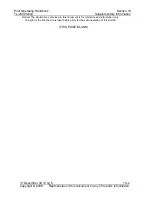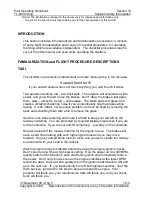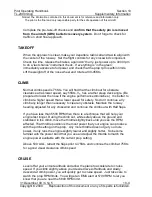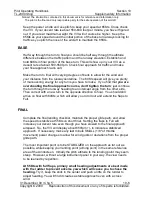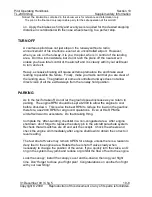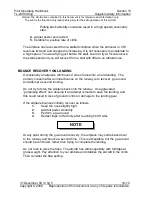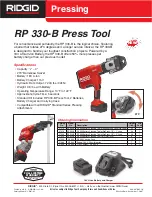
Pilot Operating Handbook
Section 9
TL-2000
Sting
Airplane Handling, Service & Maintenance
Notice! The information contained in this document is for reference and information only.
The pilot is the final and only responsible party for the safe operation of this aircraft.
31 December 09 / Chg 5
9-7
Copyright © 2009 Reproduction of this document or any of its parts is forbidden.
Fig. 9-1
Engine Oils Recommended for Use with Leaded Fuel
(100LL AVGAS)
Brand
Name
Type
Viscosity
Use (engine temps & fuel types)
SHELL
®
Advance VSX
4
APISG
SAE 10W-40
Semi-synthetic motorcycle oil w/ gear additives: for
normal-high temps; leaded/unleaded fuel
SHELL
®
Advance VSX
4
APISG
SAE 15W-50
Semi-synthetic motorcycle oil w/ gear additives: for
normal-high temps; leaded/unleaded fuel
SHELL
®
Formula Shell
Synthetic
Blend
APISJ
SAE 10W-30
Semi-synthetic oil: for normal-high temps;
leaded/unleaded fuel
SHELL
®
Formula Shell
APISJ
SAE 10W-30
Petroleum-based oil: for normal temps; leaded fuel only
SHELL
®
Formula Shell
APISJ
SAE 20W-50
Petroleum-based oil: for normal temps; leaded fuel only
Valvoline
®
Dura Blend
Synthetic
APISJ
SAE 10W-40
Semi-synthetic oil: for normal-high temps;
leaded/unleaded fuel
*normal temperatures are defined as lower than 250ºF
*high temperatures are defined as higher than 250ºF
Fig. 9-2
100LL Avgas is to be used only as an alternate fuel type if 91
octane auto fuel is not available. The use of 100LL Avgas is
restricted to
less
than 30% of engine operation time.
Prior to checking the engine oil level, run the engine at idle for a few minutes. Then, shut it
down. As an alternate method,
with the ignitions off
, using two blades to prevent damage
to the prop rotate the engine, through approximately 20-30 engine compression strokes until
air is heard being pushed into the oil reservoir (gurgling sound). This will transfer all of the
oil drained into the engine crankcase back to the oil reservoir.
CAUTION



